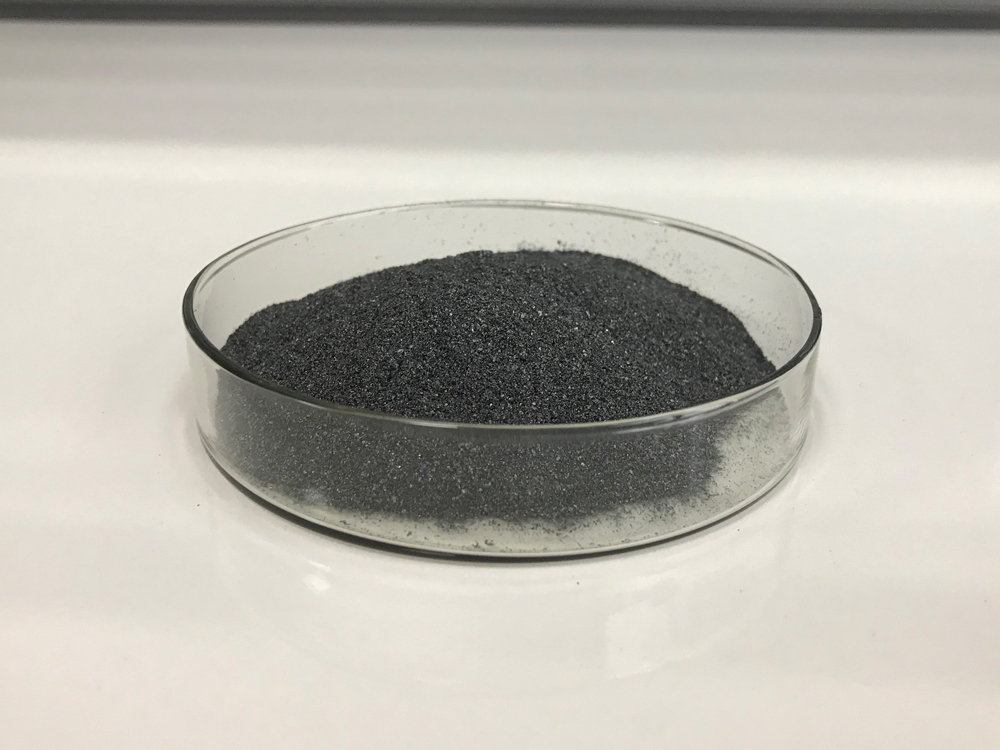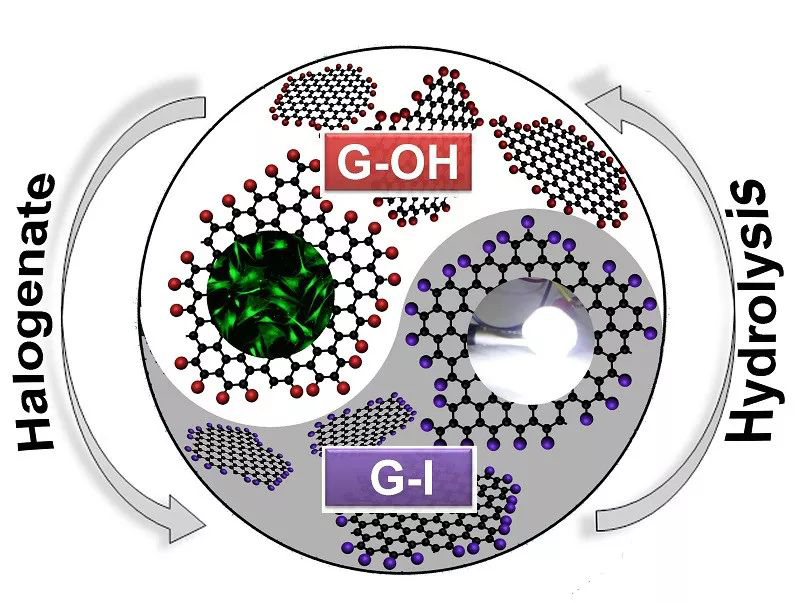Graphene is a single layer of carbon atoms arranged in a hexagonal lattice, forming a two-dimensional honeycomb structure. It is a basic building block of other carbon allotropes like graphite, carbon nanotubes, and fullerenes. Graphene has gained significant attention due to its remarkable properties, making it a promising material in various applications.
Origin of Graphene:
Graphene was first isolated and characterized in 2004 by physicists Andre Geim and Konstantin Novoselov at the University of Manchester. They used a simple method called mechanical exfoliation or the “Scotch tape method” to peel layers of graphene from a graphite crystal.

Properties of Graphene:
Strength and Flexibility: Graphene is incredibly strong and flexible. It has a tensile strength of around 130 gigapascals, making it one of the strongest known materials.
Electrical Conductivity: It exhibits exceptional electrical conductivity. Electrons in graphene move at extremely high speeds, making it an excellent conductor of electricity.
Thermal Conductivity: Graphene is an outstanding thermal conductor. It can efficiently dissipate heat, making it useful in thermal management applications.
Transparency: Despite being a single layer of atoms, graphene is transparent. It allows more than 97% of light to pass through, making it suitable for transparent conductive films and applications in electronics and optoelectronics.
Impermeability: Graphene is impermeable to gases, making it an effective barrier material. This property is useful in applications like gas sensors and packaging materials.
Biocompatibility: It is biocompatible and has potential applications in biomedical fields, such as drug delivery and imaging.

Applications of Graphene:
Graphene has a wide range of applications, including but not limited to:
Electronics: Graphene-based transistors and conductive films.
Energy Storage: Batteries and supercapacitors.
Sensors: Gas sensors, biosensors.
Materials: Reinforcement in composites, coatings.
Medical: Drug delivery, imaging.
Optoelectronics: Transparent conductive films, photodetectors.
Despite its unique properties, the large-scale production of graphene and integration into various industries still pose challenges, and ongoing research is focused on addressing these issues for widespread adoption.
